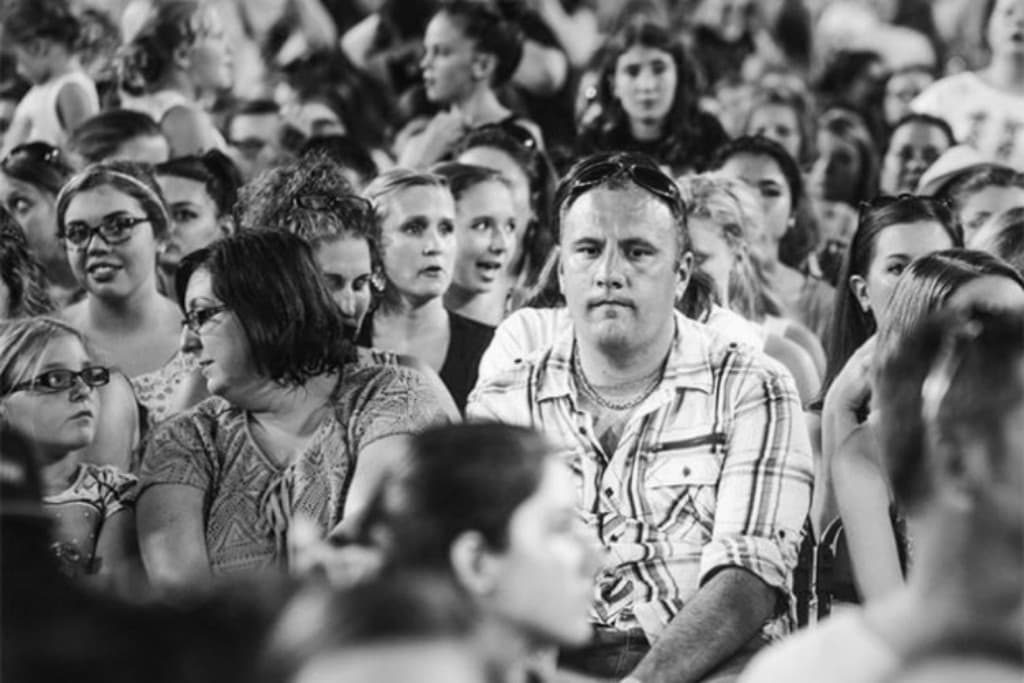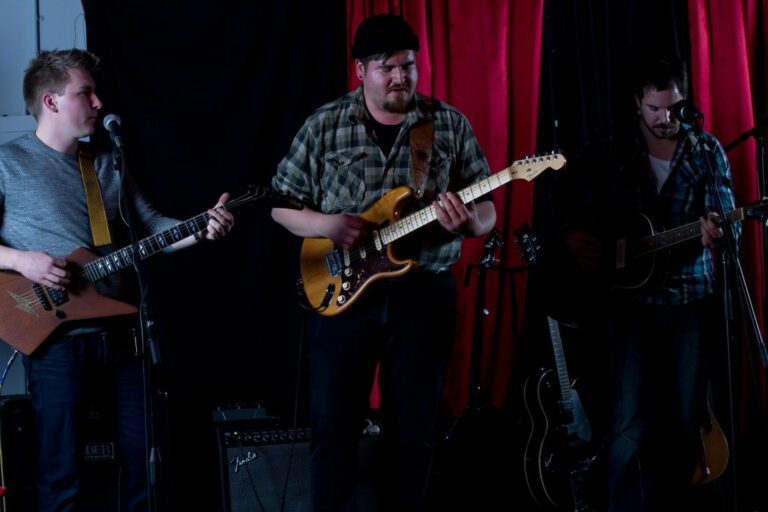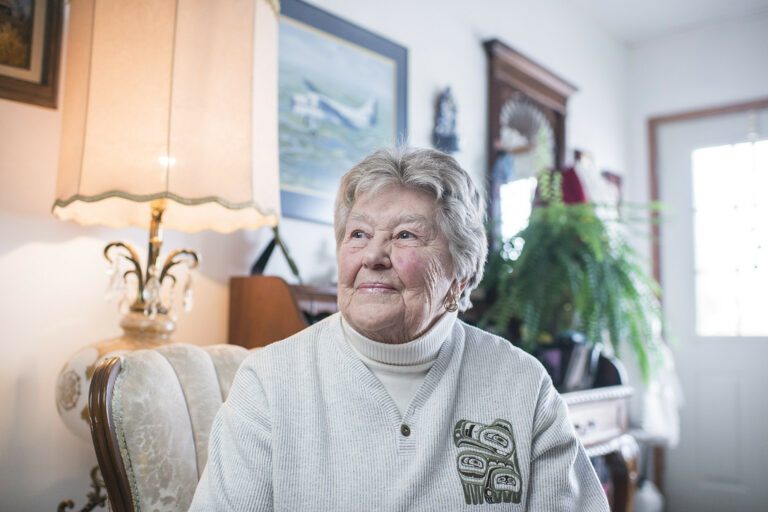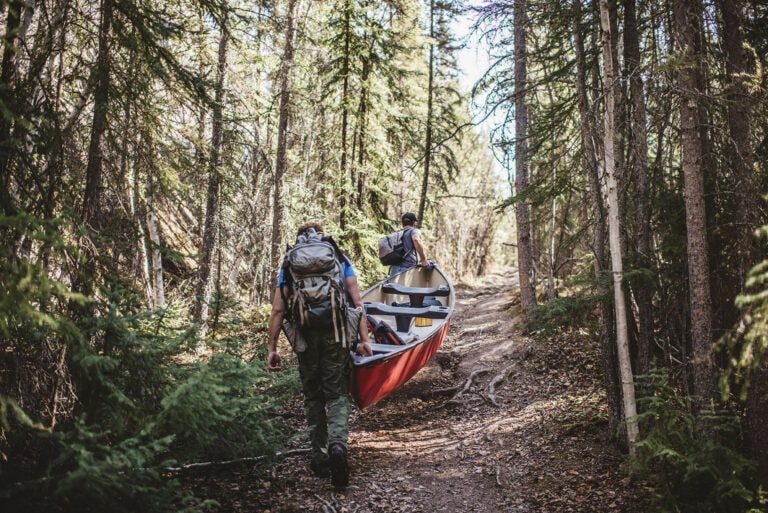The last time I wrote about this fall’s federal election, the Liberal Party was flying high in national polls, the NDP was sputtering and the Conservatives had their reliable third of the electorate locked up.
That was four months ago. Things are a bit different these days.
In case you hadn’t heard, the NDP is now in charge of Alberta, which has boosted spirits on the left across the country. The federal NDP has now, according to a new poll leaked to the Ottawa Citizen, jumped into a tiny national lead, with 29 per cent support. Factor in the margin of error, and the three main federal parties are basically in a dead heat.
We had a federal budget, one that was pretty thin on any specific initiatives for the North, and the trial of Senator Mike Duffy, now on pause until June, is underway in earnest. The coincidence of those two events were the source of some speculation around Ottawa that Prime Minister Stephen Harper would pull the cord on a springtime election.
But it now looks virtually certain that Canadians will head to the polls in October.
Two things haven’t changed since January. One, it’s virtually impossible to draw conclusions about what will happen on election day based on one poll, six months out from the actual vote.
And two, we in the North are still no closer to figuring out which parties and candidates have the inside track on our three parliamentarily insignificant, yet symbolically important seats (an electoral map would look mighty fine with those big territorial ridings dressed in your favourite party’s colour, wouldn’t they?).
In the NWT, Floyd Roland is in for the Conservative nomination in Western Arctic. No other candidates have come forward yet, so Roland would have to be considered the prohibitive favourite to win the nod. The Liberal nomination process is ongoing, and has taken a swerve into the weird. Incumbent Dennis Bevington’s intentions for the fall remain unknown, though presumably the NDP nomination is still his if he wants it.
Since nobody bothers to conduct federal voting intention polls up here, we’re all still guessing about what happens this fall. The subject has drawn some southern interest though. Veteran Arctic journalist Ed Struzik took a peek in the crystal ball for The Tyee, and found that “some people think” former NWT transportation and public works minister Michael McLeod might take a crack at the Liberal nomination.
Struzik’s theory is that the Conservatives are in trouble North of 60, although that is based largely on the views of noted Arctic-watcher Michael Byers, who knows the North well and whose book Who Owns The Arctic? remains an important primer on Arctic sovereignty issues. (Byers also ran unsuccessfully for the NDP in 2008, a fact that Struzik curiously omits.)
Byers suggests the Tories will struggle here because they’ve largely ignored pocketbook issues. And there’s something to that: housing costs and power prices continue to sting, particularly east of the Mackenzie Mountains. And in Nunavut, Leona Aglukkaq is also feeling the heat, in part because the government’s attempt at fixing Nutrition North has bombed. She’s also done herself no favours by performing abysmally on climate change.
At any rate, the NWT picture is further muddied by the territorial election set for Nov. 23 and the municipal elections on Oct. 19. It’s great news if you’re a fan of voting, but it stands to reason that the territory’s small political class will be stretched thin by successive campaigns. One must wonder if this year’s territorial election campaign will be a lethargic one.







